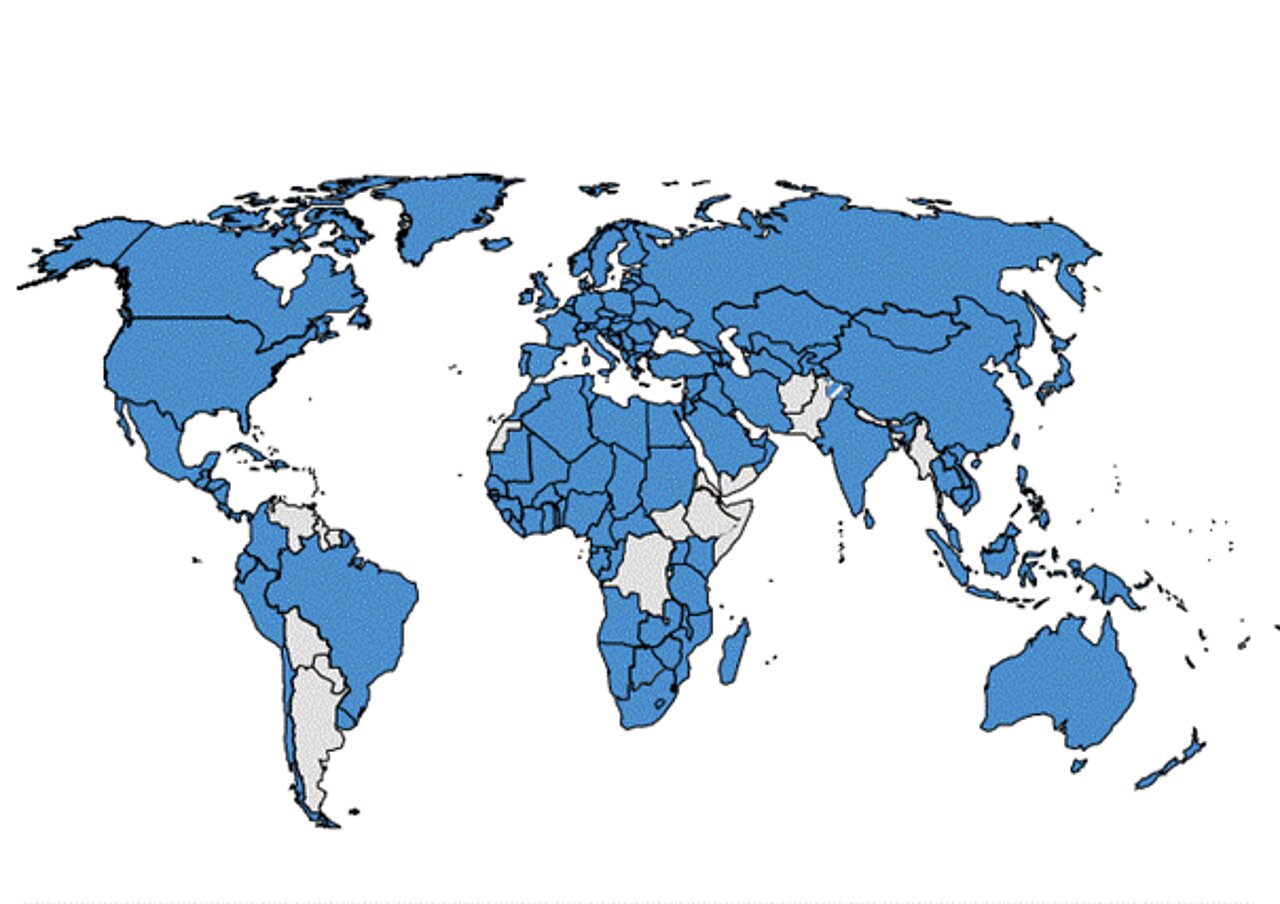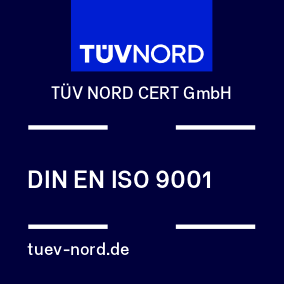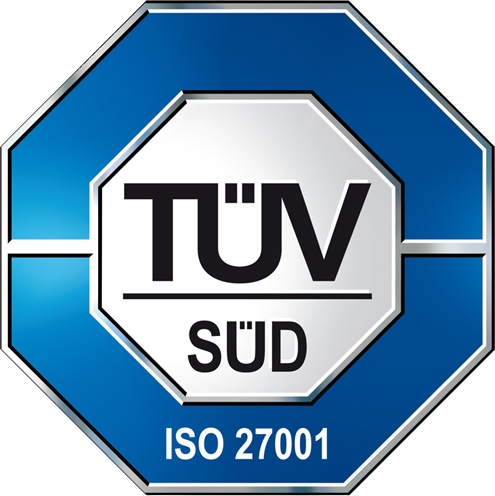Main content:
OVERVIEW
WHAT YOU NEED TO KNOW
To save you the hassle of filing individual national applications, the PCT offers you the opportunity to file a single international application (PCT application) and leave the door open on obtaining a patent in over 150 member states. Additionally, a PCT application provides you with an additional 18 months to decide on your target markets.
The PCT procedure is a centralised and uniform application system featuring international search and examination, but there is no central patent granting. The PCT does not create a world patent.
The decision on whether a patent is granted is made by the patent offices in which you must initiate the so-called national phase no later than 30 months after the priority date in order to obtain national patent protection.
Advice:
- The priority date of a national initial application can also be claimed for a PCT application (for details on priority claims, see "International patents").
- The search results for a previously filed invention provide information on whether a PCT application is generally worth the effort.
- As an authority certified by the World Intellectual Property Organization (WIPO) for search and examination under the PCT, the Austrian Patent Office possesses special expertise and also offers numerous free or low-cost consultations and services, including for the internationalization of patents.
In addition, you can receive public funding for an initial Austrian application and a subsequent PCT application through the Patent Cheque.
WHAT IS THE PCT?
The PCT (Patent Cooperation Treaty) was concluded in 1970 with the aim of securing the widest possible geographical patent protection with a single application. Today, more than 150 countries are PCT members. The PCT is administered by the World Intellectual Property Organization (WIPO).
In contrast to European patent applications, which are examined, researched, and, if successful, granted by a single competent authority, a PCT application enables a uniform, standardized application procedure with international research and examination, but no central granting procedure.
The selection of the countries where you wish to obtain patent protection is only made upon entry into the national phases. These must be applied for independently and separately at each national patent office no later than 30 months after the priority date. Similarly, regional phases can be initiated at regional patent offices such as the European Patent Office, meaning that a European patent and subsequently a unitary patent can be obtained via a PCT application.
WHO CAN APPLY?
A PCT application is open to all natural persons (i.e. humans) who are resident in a PCT contracting state or who are nationals of a contracting state, as well as to all legal entities (such as Ltd., LLCs, etc.) that have their registered office in a contracting state. If there are several applicants, it is sufficient if at least one of them has their residence or registered office in a contracting state.
Advice: It is strongly recommended that you seek advice from a patent attorney or have them represent you before filing a PCT application.
WHERE CAN YOU FILE AND IN WHICH LANGUAGE?
Austrian applicants, i.e., natural persons who are Austrian citizens or have their residence in Austria, or legal entities with their registered office in Austria, can file PCT applications either with the
- Austrian Patent Office,
- European Patent Office, or
- International Bureau (IB) of WIPO.
The office where the PCT application is filed is called the Receiving Office (RO) in the PCT system.
Advice: We recommend using the WIPO portal ePCT to submit your PCT application.
The Austrian Patent Office only accepts PCT applications in German, English, or French. It is important to note that the language of the application form must match the language of the other documents.
FORMAL REQUIREMENTS
A PCT application must contain the following parts:
- Application form PCT/RO/101
- Description of the invention
- One or more patent claims
- Drawings (if necessary)
- Abstract
All contracting states are designated in a PCT application.
PROCEDURE
Application
Upon receipt of the application, the Receiving Office (RO) carries out a formal check, assigns the date of receipt of the PCT application (known as the international filing date) and forwards a copy of the application documents to the IB of WIPO. The IB carries out a further formal check and forwards the application to the competent International Searching Authority (ISA).
Within one month of the filing date, the transmittal fee, the international filing fee, and the search fee must also be paid (see fee schedule for details).
Tasks of the ISA
International Searching Authorities (ISAs) are patent offices certified by WIPO to carry out searches and examinations in the PCT framework and in accordance with strict requirements. For Austrian applicants, the European Patent Office (EPO) is always the competent ISA. (The Austrian Patent Office is also an ISA, but not for applications for which it was the RO.)
The ISA conducts an extensive search of the relevant prior art and, on this basis, prepares the so-called international search report (ISR). The results are communicated to the applicants in the form of a search report, which is usually expected 16 months after the filing date or priority date. In addition, applicants receive an opinion on the patentability of the invention from the ISA in the form of a Written Opinion (WO or WOSA).
Publication of the application
The PCT application is published 18 months after the priority date. If the search report is already available, it is published at the same time; if not, the search report is published separately at a later date.
Amendments to the application documents
After receipt of the ISR and the WO, applicants may amend their patent claims (Art. 19 PCT). Amendments to the description or drawings are only possible if the activities of the IPEA is requested to (Art. 34 PCT).
IPEA action
As an additional option, applicants can request the activities of the International Preliminary Examination Authority (IPEA) after the ISA has completed its work (using form PCT/IPEA/401). Applicants usually choose this option to have amended claims examined at the international level or to obtain a second opinion on negative results from the ISA. The IPEA prepares the International Preliminary Report on Patentability (IPRP), which contains an examination report and, if necessary, additional search results.
National phase
No later than 30 months (in some countries 31 months) after the priority date, applicants must enter the national phase in all countries in which they wish to obtain protection for their invention in the end. As a rule, they need not only pay the necessary national fees and comply with national regulations, but also submit translations and appoint legal representatives. In all countries where this deadline is not met, the chance of obtaining a patent is generally lost.
In Austria, the request for entry into the national phase can be filed for patents and utility models. However, you need to enclose a German translation with the application documents if they are not already in German. After payment of the fees for a national patent application plus a fee for initiating the national phase, the PCT application is, in principle, treated like any national patent or utility model application.
Advice: Further information can be found on the WIPO website on the PCT, and if you have any questions, please do not hesitate to contact us at pct(at)patentamt.at


